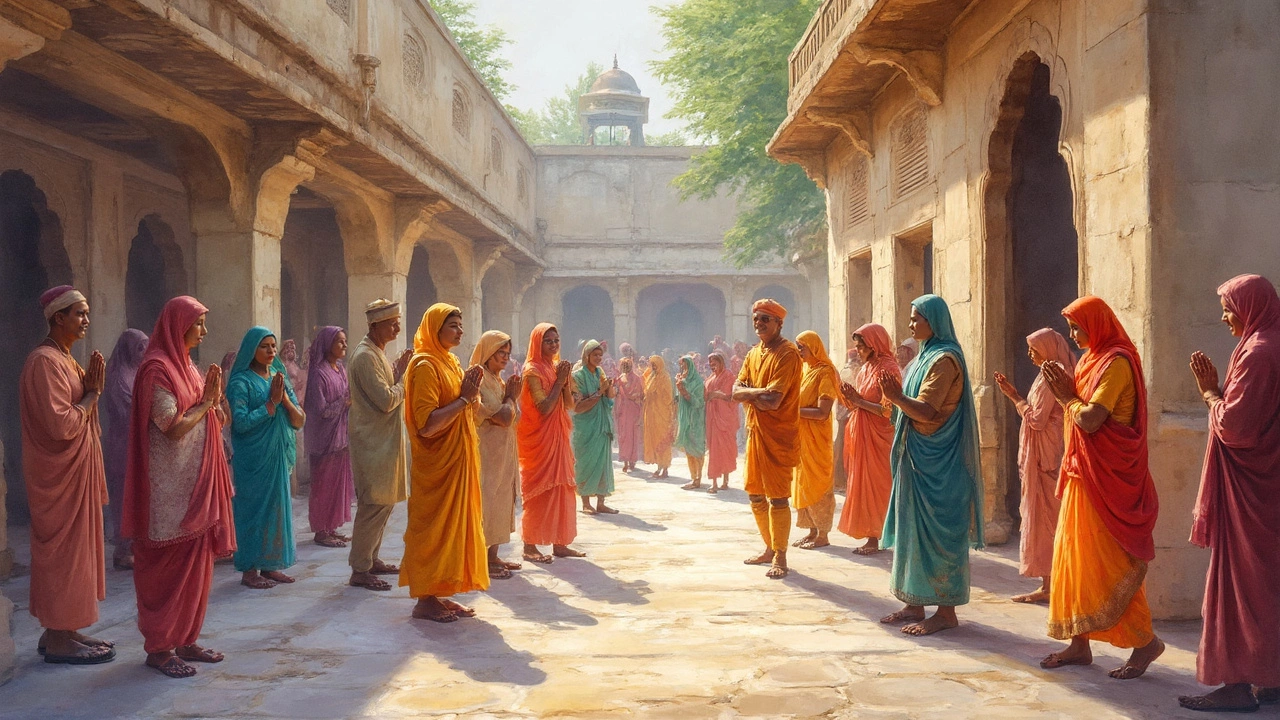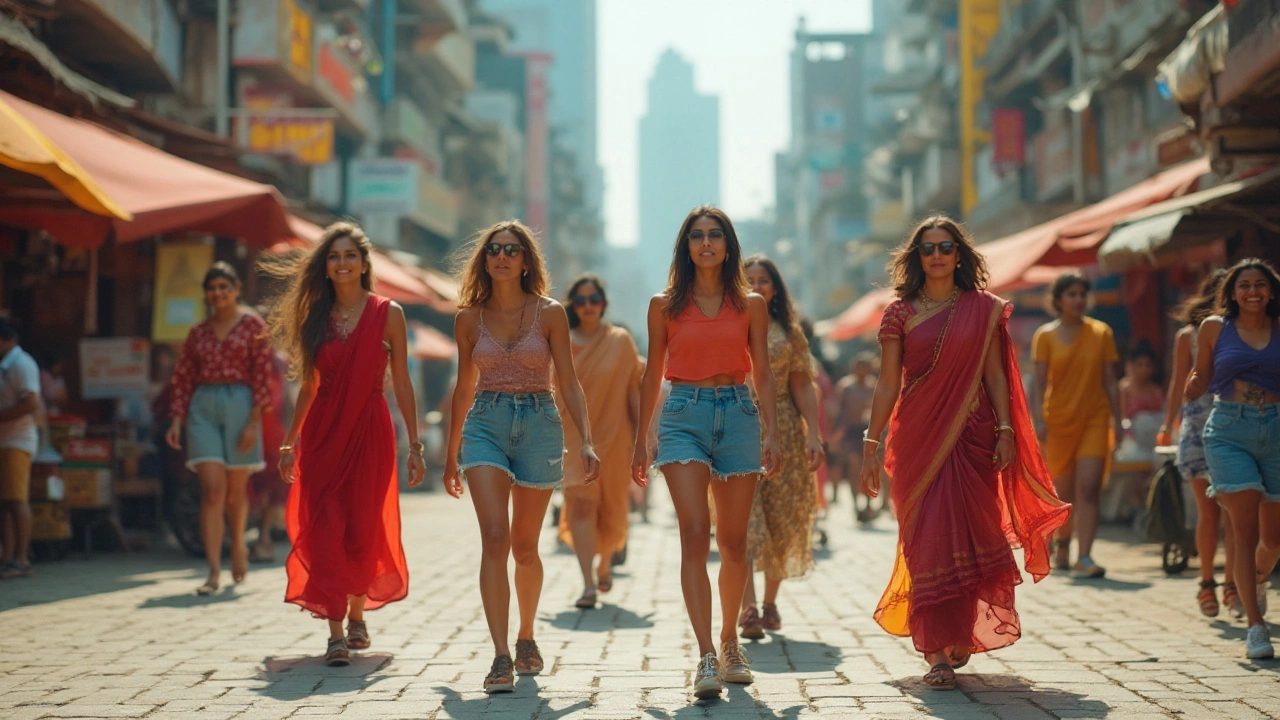
How Do Hindus Treat Others? Clothing Customs and Cultural Values
Ever wondered how traditional Hindu clothing reflects the way people treat others? This article digs into the link between Hindu values, social interactions, and the clothes people choose for different situations. Get hands-on tips on what to wear at temple visits or family gatherings, along with the deeper reasons behind these choices. Discover how respect, modesty, and community play out in daily dressing. Whether you're planning to travel in India or want to better understand cultural signals, this guide has you covered.

Discovering the Vibrant World of Punjabi Traditional Attire
A Punjabi dress, widely recognized for its vibrant colors and unique style, is a traditional attire deeply rooted in the culture of Punjab, India. The traditional Punjabi dress includes the 'Salwar Kameez' for women, complemented by a 'Dupatta', and for men, the 'Kurta Pajama' or 'Punjabi Jutti'. Known for its comfort and flair, the Punjabi dress has not only been embraced by the locals but also garners appreciation globally for its cultural significance and expressive design. Understanding its elements, history, and modern adaptations gives a holistic view of this cultural masterpiece.

Can Women Wear Shorts in India? Cultural Norms and Modern Trends
Exploring whether it's culturally acceptable for women to wear shorts in India involves delving into varying social norms, diverse climates, and evolving fashion trends. India, with its rich tapestry of tradition and modernity, presents a mixed scenario for women's fashion. The guidelines can differ dramatically depending on regional, urban, and rural settings, as well as generational perspectives. This article provides insights on these aspects, offering practical advice for women considering wearing shorts in India.